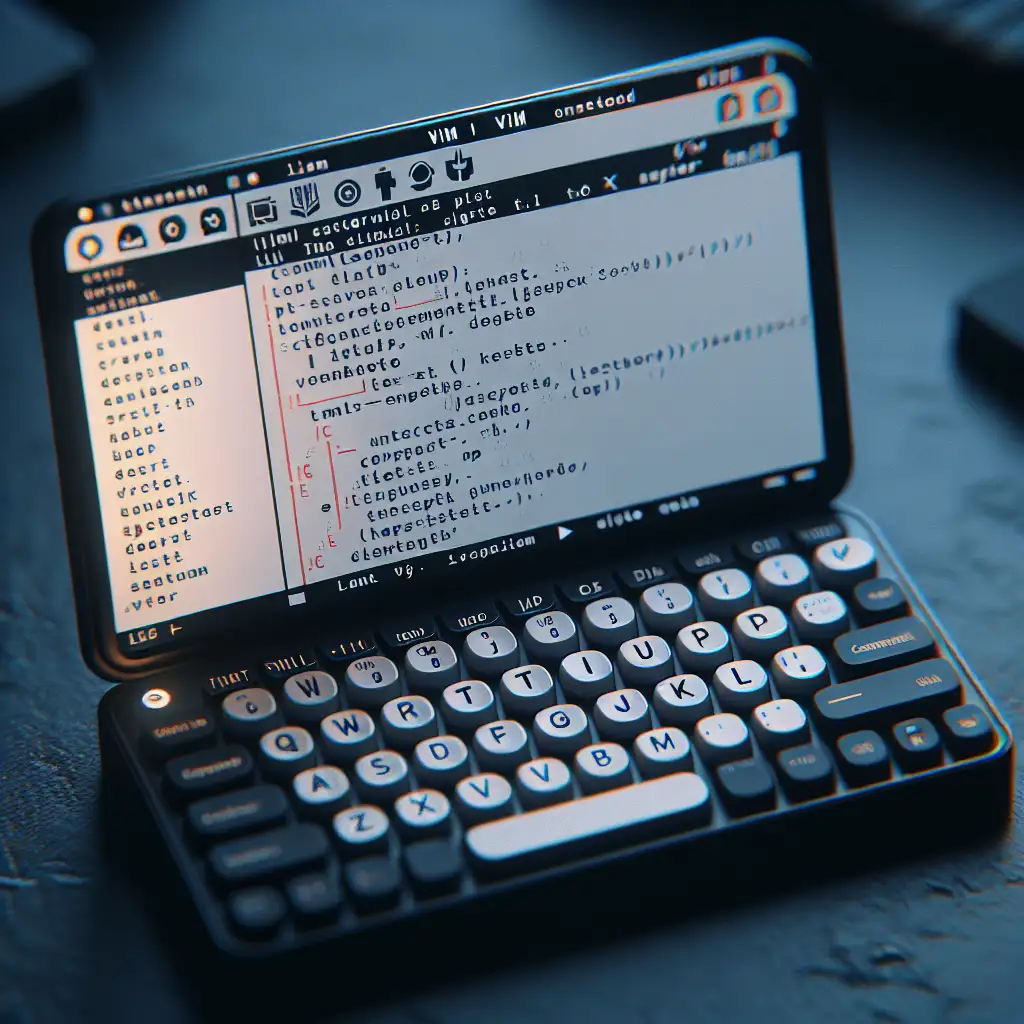Mastering Modal Editing: Efficient Vim Usage in Linux Environments
Vim is not just a text editor; it’s a discipline in minimizing keystrokes and maximizing context. On stable LTS distributions like Ubuntu 22.04, Vim (typically v8.x) is preinstalled or a quick sudo apt install vim away. Unlike graphical editors, Vim’s modal approach means every key has intent, but the real efficiency comes from command composition.
Modal Editing: What Actually Changes?
Every operation in Vim depends on which mode you’re in, fundamentally altering user interaction:
- Normal mode: Navigation and action dispatch.
- Insert mode: Direct text entry.
- Visual mode: Text selection for further action.
- Command-line mode: Ex commands (write, quit, search/replace).
Most users enter Vim in normal mode, where typing letters triggers commands. No “open file, start typing”. Instead, vim somefile.conf drops you into a waiting state for intent.
Mode Shifting: Workflow Realities
Engineers accustomed to Emacs or VSCode discover quickly that basic text input is two keystrokes away. Example: while triaging a misconfigured Nginx file after a failed reload (nginx: [emerg] invalid number of arguments...), changing a line looks like:
sudo vim /etc/nginx/nginx.conf
/search_pattern<Enter>
I# <Esc>
:wq
Key behaviors:
Iinserts at the line’s first non-blank character.#comments configuration (Nginx syntax).<Esc>returns control to normal mode.
Exiting or saving leverages command-line mode: :wq, :x, or :w /tmp/foo.conf (to write to a new file). :q! forcibly abandons changes—a critical detail after accidental bulk modifications.
Navigation: Not Just Arrow Keys
Vim’s navigation keys (h, j, k, l, etc.) are designed for speed and composability. For multi-line movement, consider these, especially on large YAML or config files:
| Key | Action |
|---|---|
0 | Move to start of line |
$ | Move to end of line |
w | Next word start |
b | Previous word start |
gg | Jump to file top |
G | Jump to file bottom |
/{str}<CR> | Search forward for {str} |
n | Next search result |
Note: gg + /{pattern} + n jumps quickly through matches—much faster during incident response than GUI searches.
Editing: Beyond Delete and Paste
Vim expects you to combine actions and motions. Snapshots:
dd— Delete current line.d$— Delete from cursor to end of line.x— Remove character at cursor; not efficient for mass changes, but precise.p— Paste after current cursor position.yy— “Yank” line (copy);3yyyanks 3 lines.
Practical tip: Use counts ([number]) to scale up commands:
20dd
Deletes the next 20 lines—a lifesaver during log or config pruning.
Undo/redo? u (undo last change), <Ctrl-r> (redo). No complicated dialogs, and granular per-action.
Visual Mode: When Granularity Matters
Visual mode (v for character, V for line, <Ctrl-v> for block/column) makes selection-based editing practical. For instance, aligning ports in a firewall config:
Ctrl-vto enter block mode.- Use
j/kto select down columns. Ito insert a prefix or adjustment; hit<Esc>to apply the change across lines.
This is faster than regex for simple column edits and beats manual line-by-line operations.
Command-line Operations: Write, Quit, Substitute
Critical commands:
:w— Save file.:q— Quit Vim.:wqor:x— Save and quit.:q!— Quit without saving (use carefully).:e /path/to/file— Open another file in same window.
Bulk editing: To comment out all lines matching “debug” in a conf file:
:%s/^.*debug.*$/# &/
(See how & inserts the matched line after #. Adjust regex per file syntax.)
Nonobvious: Registers, Buffers, Multi-file Editing
Too often overlooked: Vim supports multiple buffers and undo branches.
"*p— Paste contents from system clipboard (when built with+clipboard).:ls— List open buffers.:bn,:bp— Next/previous buffer.:splitor:vsplit— Multiple file panes in the same terminal window.
Gotcha: Default Vim on many distros (e.g., Debian minimal) is not compiled with clipboard support. Run vim --version | grep clipboard to check. On Ubuntu, install with sudo apt install vim-gtk3 for clipboard capability.
Power Moves: Combining Motions, Actions, and Counts
dtx— Delete until (but not including) characterx.c3w— Change three words.y}— Yank to end of paragraph (helpful in Markdown docs).
Jumping between code blocks? Use % to travel between matched braces or parentheses.
Summary
Vim isn't about mystical finger acrobatics; it's about fluent, reproducible editing on bare systems with no GUI or network dependencies. For repetitive tasks—editing mass-produced config stanzas, triaging logs, or adjusting server-side scripts—Vim’s modal design is precise and durable. Configuration files, source code, server ops: all benefit from mastering basics, then exploring macros (qa...q, @a), and plugins once the core is intuitive.
For further depth—.vimrc options, plugin management via vim-plug, or integration with LSP/CoC—explore targeted workflows after core modal editing and navigation are second nature.
